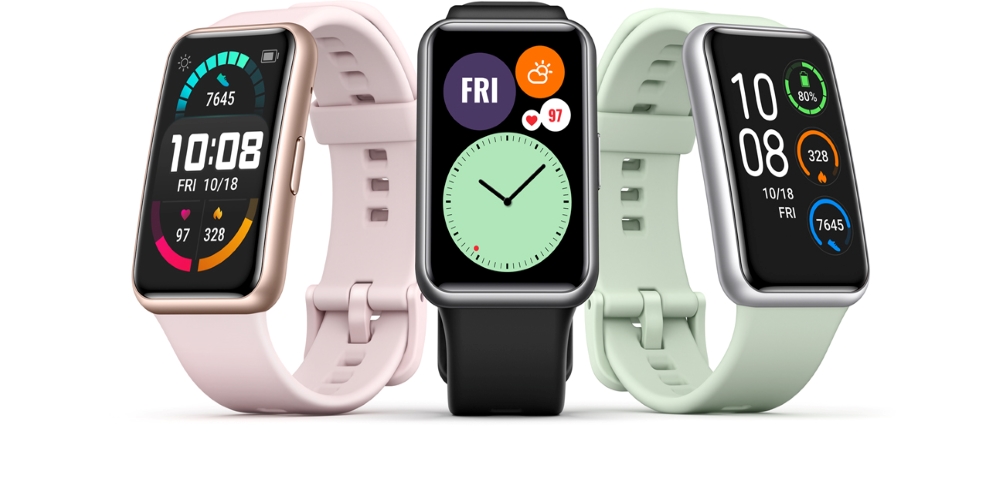When you’re looking for a pressure washer, one of the things you’ll be considering is how much power it has. But what nobody tells you is that, as with cars and other vehicles, big numbers on paper don’t tell you how good it’ll be at cleaning your driveway or patio.
A pressure washer is a powerful machine that can blast away dirt and grime from structures, cars, and other surfaces. Use it correctly, however, and you’ll minimize the risk of accident or damage – here’s a rundown of 10 essential things about pressure washing you need to know. Visit now Giraffe tools pressure washer.
1. Pressure washers are best used outdoors
Pressure washers are potent equipment capable of generating up to 4,000 pounds per square inch (psi) of water pressure. This is more than enough to blast away dirt and grime from hard surfaces – but it’s also enough to cause severe damage if the machine is aimed at people or property.
For this reason, as well as the safety of others, it’s recommended that pressure washers only be used outdoors – and by people who have been trained in their safe use.
2. Keep a safe distance from surfaces
Pressure washer nozzles can blast out a powerful, high-pressure jet of water at speeds of up to 60 miles per hour. This can easily remove paint or damage surfaces if you’re not careful, so the pressure washer must be held at a safe distance from any surface you plan on cleaning.
3. Use the correct nozzle
There are different nozzles for different types of cleaning, each capable of blasting out water under high pressure – but at different angles and speeds. For example, a “black” nozzle will effectively put out the most powerful jet of water and clean tough stains, but this same strong choice also runs the risk of causing damage if misused. A “white” nozzle provides a less powerful spray suitable for delicate surfaces such as railings and fences – however it isn’t as effective for removing tough stains.
4. Avoid using detergents
Adding detergent to a pressure washer can make it more effective at cutting through dirt and grime, but this should only be done when cleaning delicate surfaces such as brickwork or other porous materials. Over time, adding too much soap to the water also causes damage – which is why it’s not recommended for use on asphalt, roofs, or similar surfaces that don’t need extra cleaning power.
5. First switch off the pump before connecting a hose
When you click a garden hose to your pressure washer’s inlet, there’s often an automatic trigger that causes water to flow from both sources simultaneously – leading to wasted water and unnecessary strain on the pump. To avoid this and protect the inlet from damage, always switch off the pressure washer’s pump before connecting a hose.
6. Aim at an angle
When using a pressure washer, it’s important to angle the nozzle so that you create a flat spray pattern rather than a powerful jet. Otherwise, you risk damaging surfaces such as stone walls and fences by blasting away their surface too quickly. Most nozzles will come with helpful markings which show where best to angle them for different types of cleaning tasks – these guide markings are usually marked “0”, “15”, or “40”. As a rule of thumb, when removing stubborn dirt and grime, aim for 15 degrees, whereas 40 degrees is better for general washing tasks like clearing mud, leaves, or other debris off surfaces.
7. Know when to use detergents
While it’s not recommended that you add soap to the pressure washer’s water tank in most circumstances, there are certain types of cleaning jobs where a small amount can help make your job easier. For example, if you’re using the pressure washer on railings or fences which have been exposed to mud and dirt over time, adding just half a-pint of detergent per 10 gallons of water can allow you to get rid of even stubborn stains quickly and easily.
8. Use different nozzles for different materials
Different nozzles produce jets with different angles and speeds – so while the nozzle may be suitable for blasting away dirt and grime from concrete or stone surfaces, it may not be the ideal choice for cleaning off splattered paint. A “white” nozzle is often a more suitable choice for delicate surfaces such as these – but even then, you run the risk of damaging the texture if you’re not careful and don’t follow all safety guidelines (see No.5).
9. Only use soap on smooth surfaces
As we mentioned in No.7, adding detergent to your pressure washer can make its jets more powerful – which makes it particularly effective at removing stubborn stains from bricks and other rough, porous materials such as patio slabs and decking boards. However, as this type of surface is prone to damage if mishandled, you should never use soap on them unless you’re sure they’re in good condition and can take the added power of a more powerful jet.
10. Clean the filter regularly
Your pressure washer’s inlet will gather a lot of dirt, grime, and debris over time – which is why it needs to be routinely cleaned with a suitable brush to make sure that water continues to flow into it without being blocked. In most cases, you’ll only need to clean the inlet once or twice a season – but if you notice that water isn’t flowing from your pressure washer as quickly as usual, then your channel may need more frequent attention. When cleaning your inlet, check its filter for signs of damage or wear and tear – if this is damaged, you should replace it.
Conclusion
The most important thing to remember when using a pressure washer is that it delivers a mighty jet of water which can easily damage soft materials and cause injuries if misused. To prevent this, always follow all safety guidelines carefully and don’t use the pressure washer on surfaces where its jets will likely cause damage or injury.
Finally, after you’ve finished using the pressure washer, never leave it running unattended – for example, don’t sit in a deck chair reading a book while it’s running. This can pose a danger to children or pets who might accidentally switch it on when you’re not around, so always ensure that the pressure washer has been switched off before leaving it unattended.













